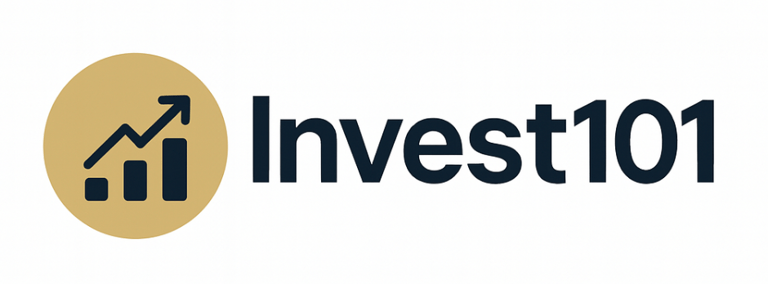What Risk/Return Should You Take?
Finding your investment comfort zone
7/7/20252 min read


What Risk/Return Should You Take?
Finding the right balance for your investment journey
Every investor faces the same fundamental trade-off:
How much risk are you willing to take in exchange for a chance at greater returns?
But this isn’t a one-size-fits-all question. The right answer depends on you — your goals, your timeline, and how well you handle uncertainty.
Understanding Risk and Return
What is Risk?
In investing, risk refers to the possibility that you may lose money or earn less than expected.
Types of risk include:
Market risk: Prices fluctuate due to economic or geopolitical changes
Inflation risk: Your returns don’t keep up with rising prices
Liquidity risk: You can’t access your money when needed
Volatility: Sudden ups and downs in asset prices
What is Return?
Return is the profit (or loss) you earn on an investment over time, typically expressed as a percentage.
Returns come from:
Capital appreciation (growth in value)
Dividends (company profits shared with shareholders)
Interest (from bonds or savings)
Realized gains (from selling assets)
Rule of thumb: The higher the return potential, the greater the risk involved.
What Determines the Right Risk Level for You?
1. Investment Goals
Ask: What is this money for?
A down payment in 3 years → low risk
Building wealth for retirement in 30 years → higher risk acceptable
Passive income in mid-life → balanced approach
2. Time Horizon
Time gives you the ability to recover from market downturns.
Time HorizonSuggested Risk0–2 yearsVery Low3–7 yearsModerate8+ yearsHigh
If you need the money soon, play it safer. If you’ve got decades, you can afford more risk for better returns.
3. Risk Tolerance (Emotional Side)
Can you sleep at night during a market dip?
Do you panic when your portfolio drops 10%?
Are you tempted to sell at the worst possible time?
Your psychological comfort with risk is just as important as your financial capacity to take it.
How to Adjust Over Time
Risk tolerance isn’t fixed. It changes with:
Life stage (student, professional, retiree)
Market experience
Income growth or decline
New goals (children, real estate, career shifts)
A 25-year-old might start aggressive, then shift toward balance at 40, and become conservative near retirement.
Mitigating Risk Without Sacrificing Return
You don’t have to choose between no risk or all risk. Here’s how to invest smarter:
Diversify across regions, industries, and asset types
Use ETFs to spread risk at low cost
Rebalance your portfolio every 6–12 months
Keep an emergency fund to avoid panic selling
Add alternatives (e.g. real estate, gold) for inflation and market protection
Final Thought: The Right Risk is the One You’ll Stick With
Investing isn’t about being brave, it’s about being honest.
Honest about your goals. Honest about your emotions. Honest about how much volatility you can really handle.
Because the truth is:
The best strategy is not the one with the highest return, it’s the one you can actually stay with.
Start small, stay consistent, and adjust as you learn. Your comfort zone isn’t a weakness, it’s your long-term edge.
Invest101.blog
Articles and resources for smart investing.
Contact
contact@invest101.blog
© 2025. All rights reserved.
